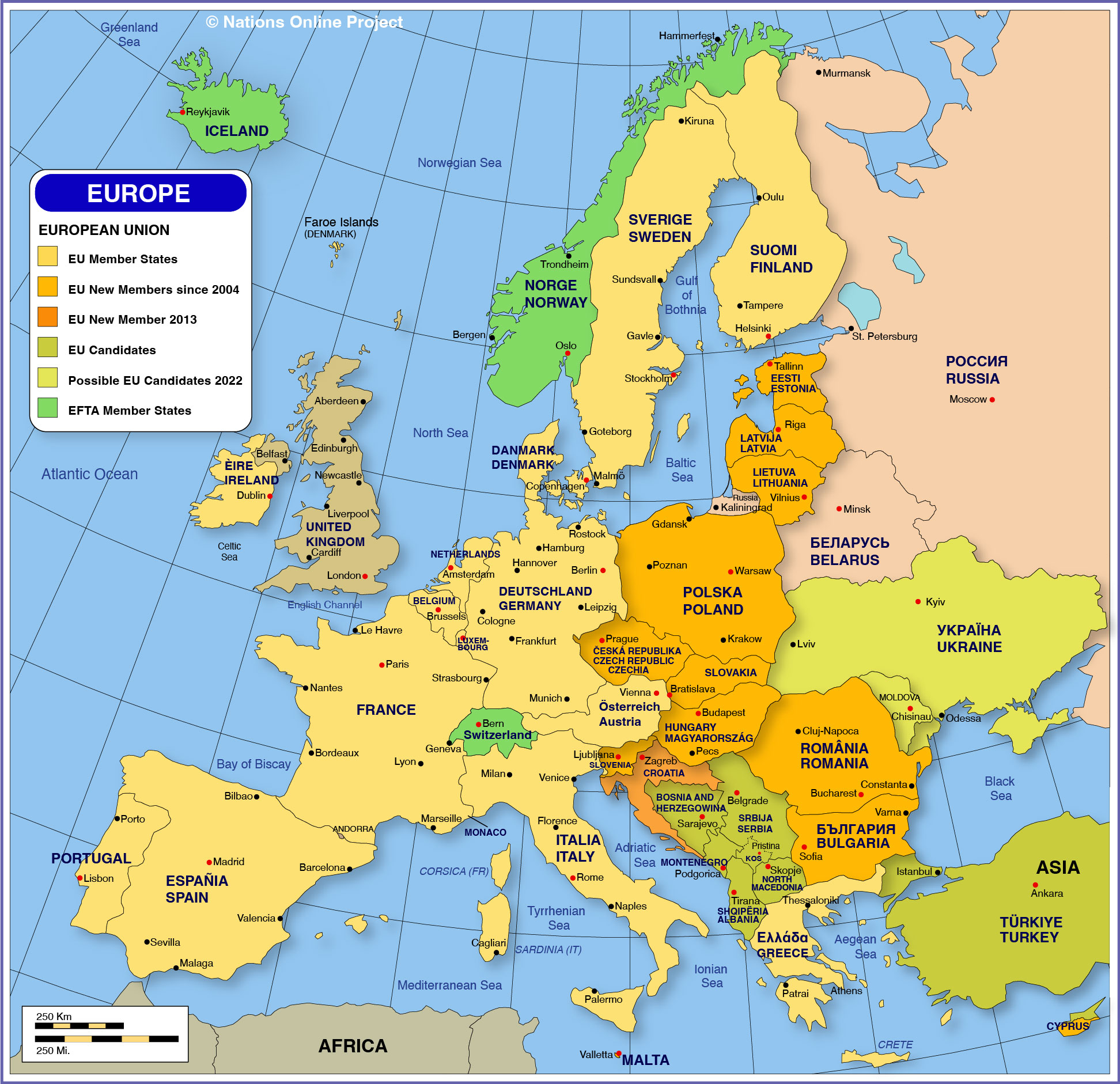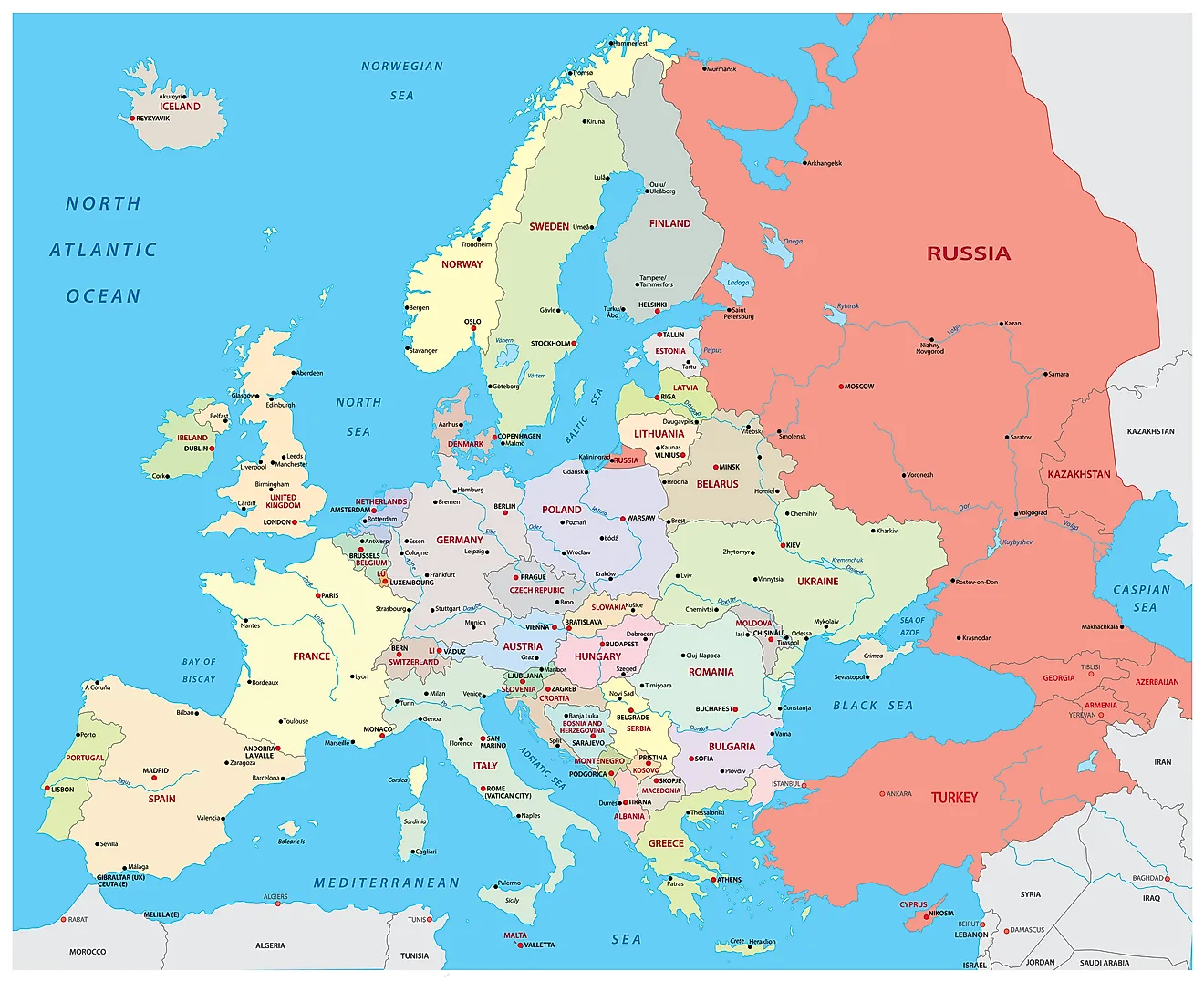
The Crown Jewels of European Football: A Comprehensive Comparison of Club Trophies
European club football, a vibrant tapestry of passion, skill, and history, is defined by its pursuit of silverware. Beyond the domestic leagues and cups, the continent’s elite clubs vie for supremacy in a hierarchical system of UEFA-sanctioned competitions. These tournaments not only offer immense prestige and financial rewards but also shape legacies, define eras, and etch clubs into the annals of football history. From the glittering majesty of the Champions League to the gritty determination of the Europa League and the burgeoning opportunities of the Conference League, each trophy holds a unique place in the hearts of players, coaches, and fans.
This article will delve into a comprehensive comparison of European club trophies, exploring their history, prestige, qualification criteria, financial implications, and their respective positions in the grand hierarchy of continental football.
1. The UEFA Champions League (UCL): The Holy Grail
History and Evolution:
The undisputed pinnacle of European club football, the UEFA Champions League, began its illustrious journey as the European Champion Clubs’ Cup in 1955. Initially, it was a knockout competition exclusively for the champions of Europe’s top domestic leagues. Its re-branding in 1992 to the "Champions League" brought significant changes, including the introduction of a group stage and, crucially, allowing multiple entrants from stronger leagues (initially runners-up, then up to four teams from the top leagues). This transformation undeniably boosted its commercial appeal and competitive intensity, cementing its status as the world’s premier club competition.
Prestige and Significance:
Winning the Champions League is the ultimate dream for any European club. It signifies being the best team on the continent, a testament to tactical brilliance, individual genius, and unwavering mental fortitude. The iconic ‘starball’ trophy is globally recognized, and the Champions League anthem is synonymous with elite football. Legends are made and cemented on its grandest stages, from Real Madrid’s unprecedented dominance to Liverpool’s miraculous comebacks and Barcelona’s tiki-taka mastery. For clubs, it’s not just a trophy; it’s a statement of global power, a magnet for top talent, and a source of immense pride for their fanbases.
Qualification:
Qualification is notoriously difficult, primarily reserved for the top finishers in Europe’s strongest leagues. The number of spots allocated to each league is based on UEFA’s coefficient rankings, which reflect the performance of clubs from that league in European competitions over a five-year period. Champions of weaker leagues enter via a complex qualification path, while top leagues (e.g., Premier League, La Liga, Bundesliga, Serie A) can have up to four direct qualifiers to the group stage.
Financial Implications:
The financial rewards of the Champions League are staggering, dwarfing those of any other club competition. Prize money is distributed based on participation, performance (win/draw bonuses), coefficient ranking, and market pool (proportional to the value of the TV market in each participating country). Clubs can earn tens, if not hundreds, of millions of euros, making qualification and deep runs financially transformative. This revenue allows clubs to invest in world-class players, improve infrastructure, and maintain their competitive edge, thereby creating a virtuous cycle for the established elite.
2. The UEFA Europa League (UEL): The Gritty Challenger
History and Evolution:
The UEFA Europa League, rebranded from the UEFA Cup in 2009, has a rich history dating back to the Inter-Cities Fairs Cup (1955-1971). The UEFA Cup itself (1971-2009) was initially for teams that finished high in their domestic leagues but weren’t champions. The re-branding aimed to increase its profile and integrate it more closely with the Champions League, particularly by offering the UEL winner a direct pathway into the following season’s UCL.
Prestige and Significance:
While undeniably secondary to the Champions League, the Europa League is far from a consolation prize. For many clubs, particularly those outside the traditional European superpowers, it represents a significant achievement and a legitimate aspiration. Winning the UEL is a mark of tactical resilience and squad depth, often involving gruelling travel and tough away fixtures against diverse opponents. It’s a stepping stone for emerging clubs, a redemption path for fallen giants, and a highly competitive tournament in its own right. Its status has significantly increased since the winner gained direct UCL qualification, turning it into a highly coveted prize.
Qualification:
Qualification for the Europa League is more accessible than for the UCL. It typically includes domestic cup winners, teams finishing just outside Champions League spots in top leagues, and higher-placed teams from mid-tier European leagues. Clubs eliminated from the Champions League qualifiers or group stage also drop down into the Europa League, adding to its competitive pool.
Financial Implications:
The financial rewards in the Europa League are substantially lower than in the Champions League, though still significant for many clubs. Prize money is awarded for participation, performance, and market pool shares, but the figures are roughly a quarter to a third of what a Champions League participant would earn. However, the direct qualification to the Champions League for the winner provides an immense financial bonus, making a UEL triumph a potential game-changer for a club’s long-term financial health and competitive aspirations.
3. The UEFA Europa Conference League (UECL): The New Opportunity
History and Evolution:
The youngest of UEFA’s club competitions, the Europa Conference League, was launched in the 2021-2022 season. Its primary objective was to provide more European football opportunities for clubs from a wider range of UEFA member associations, particularly those from lower-ranked leagues who often struggled to qualify for the UCL or UEL group stages. It aims to broaden the reach and inclusivity of European club football.
Prestige and Significance:
As the newest tournament, the UECL is still establishing its prestige. Its initial perception might be as a ‘third-tier’ competition, but for clubs that traditionally have little or no European exposure, it represents an unprecedented chance for continental glory, invaluable experience, and a significant financial boost. Winning it is a monumental achievement for many smaller clubs, providing a platform to grow, attract talent, and raise their profile on the European stage. The winner also gains direct qualification to the following season’s Europa League group stage.
Qualification:
Qualification for the Europa Conference League is heavily weighted towards clubs from lower-ranked UEFA member associations, ensuring their participation. Domestic cup winners and high league finishers from these associations primarily qualify. Some teams from stronger leagues might also enter, typically those finishing just below Europa League spots, but the emphasis is on inclusivity for a broader range of clubs.
Financial Implications:
The financial rewards in the Europa Conference League are the lowest among the three main competitions. However, for the clubs participating, especially those from smaller leagues, these sums can be genuinely transformative. Prize money, performance bonuses, and TV revenues, while modest by UCL or UEL standards, can significantly impact a club’s budget, allowing for investment in infrastructure, youth development, and player retention. The pathway to the Europa League for the winner also offers a significant future financial incentive.
4. The UEFA Super Cup: The Battle of Champions
History and Evolution:
The UEFA Super Cup was established in 1973, initially contested between the winners of the European Cup (now Champions League) and the Cup Winners’ Cup. Following the abolition of the Cup Winners’ Cup in 1999, it evolved to pit the Champions League winner against the Europa League winner. It’s a single match, typically played at a neutral venue at the start of the European season.
Prestige and Significance:
The Super Cup serves primarily as a curtain-raiser for the European season and a bragging rights match between the two reigning continental champions. While winning it is certainly desirable, it does not carry the same weight or prestige as winning the Champions League or Europa League itself. It’s more of an honour to confirm supremacy over the previous season’s other major European titleholder rather than a primary objective for clubs at the start of a new campaign.
Financial Implications:
The financial rewards for the Super Cup are relatively minor compared to the main tournaments, consisting of appearance fees and a bonus for the winner. It’s more about the symbolic value and the opportunity for early-season silverware.
5. The FIFA Club World Cup: Global Supremacy (with European Dominance)
History and Evolution:
While not strictly a UEFA trophy, the FIFA Club World Cup (and its predecessor, the Intercontinental Cup) is crucial for understanding the hierarchy of club football. It pits the champions of each of FIFA’s six continental confederations against each other. European champions (UCL winners) have historically dominated this competition, winning the vast majority of editions.
Prestige and Significance:
For European clubs, the Club World Cup is often seen as a bonus, an opportunity to confirm their status as the best club in the world. For clubs from other continents, it is often their most significant opportunity for global recognition and a chance to test themselves against the European elite. While European clubs rarely treat it with the same intensity as the Champions League, winning it is still a prestigious achievement that adds to a club’s international trophy cabinet.
Financial Implications:
Winning the Club World Cup brings significant prize money, especially for the European champions who often receive the largest share. However, for UCL winners, it’s an add-on, not a primary financial driver, given their already massive Champions League earnings.
Defunct but Influential: The UEFA Cup Winners’ Cup (1960-1999)
Before concluding, it’s worth a brief mention of the UEFA Cup Winners’ Cup (CWC). This competition, for the winners of domestic cup competitions, held significant prestige in its time. It was considered the second-most important European club trophy, behind the European Cup. However, with the expansion of the Champions League to include multiple teams per country and the re-structuring of the UEFA Cup, the CWC was absorbed into the UEFA Cup (now Europa League) in 1999, deemed redundant in the evolving European football landscape. Its legacy, however, remains a cherished part of European football history for many clubs and fans.
Conclusion: A Hierarchy of Dreams and Riches
The landscape of European club trophies is a clear hierarchy, driven by history, competitive intensity, and, increasingly, financial might.
- The UEFA Champions League stands alone at the apex, representing the ultimate triumph, global recognition, and unparalleled financial reward. It is the tournament every elite club aspires to win.
- The UEFA Europa League occupies a vital second tier, offering significant prestige, a challenging pathway, and a golden ticket to the Champions League for its victor. It’s a crucial competition for clubs aiming to break into the elite or those seeking a route back to the top.
- The UEFA Europa Conference League is the emerging third tier, providing invaluable opportunities for a broader spectrum of European clubs, fostering growth, and spreading the dream of continental glory to nations less accustomed to it.
- The UEFA Super Cup is an honourable, single-match encounter, while the FIFA Club World Cup confirms global supremacy, albeit often with European teams as the presumptive favourites.
This structured system ensures that European club football remains dynamic, competitive, and captivating. Each trophy, from the most coveted to the newest, contributes to the rich narrative of continental football, offering different dreams, challenges, and rewards, all united by the enduring pursuit of glory on the grand European stage.



